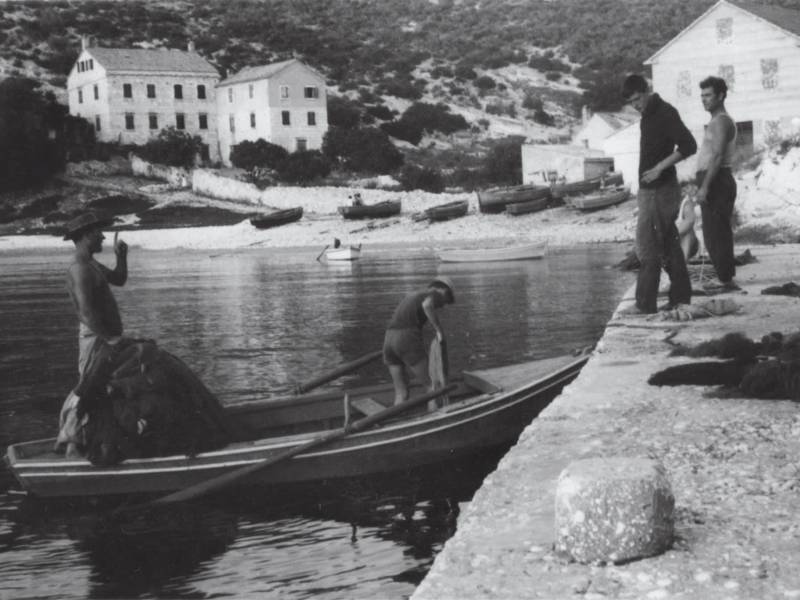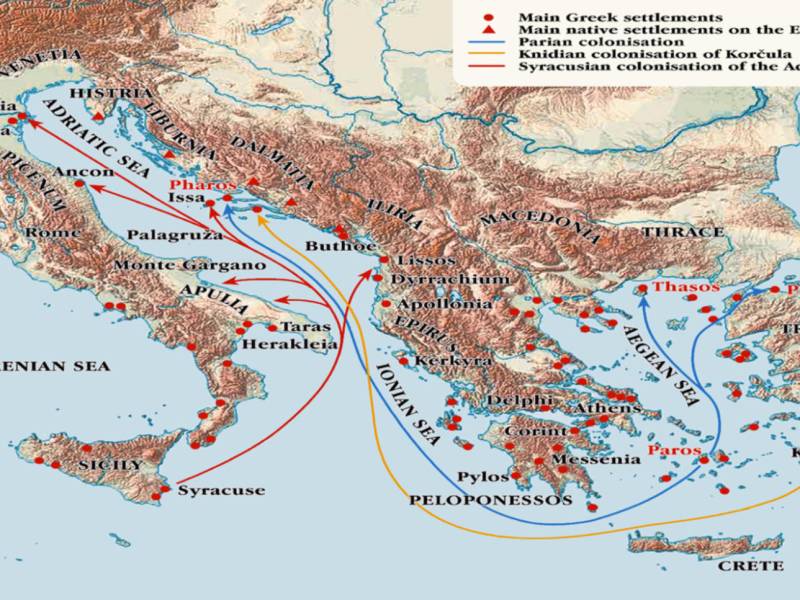History of Komiža
On the western edge of the island of Vis, in a quiet bay sheltered from the wind, Prince Petar, a native of Hvar who ruled this region on behalf of Venice, had his own estate. It was in the middle of the 12th century, and that piece of land bore the name “Uaccomeza”. When the prince donated it to the Benedictine monastery on Biševo, the name was first recorded in historical documents. From then on, Komiža was no longer just a bay – it became a place with its own identity, whose name would be repeated in stories and records for centuries.
As the years passed, people from the interior of the island descended towards the coast. They settled in that bay, and in 1542 Komiža was first recorded as a village, “villa Comisae”. This was the beginning of life as we know it – a life that grew peacefully, without major upheavals, at least in the first half of the 17th century. The population then multiplied, and the arrival of families from the coast between the Cetina and Neretva rivers gave the settlement new strength. They fled the Ottoman threat, and in Komiža they found safety and land. But their tax privileges caused discontent among the local people. For years, distrust simmered between the natives and the “new inhabitants,” until further immigration was stopped in 1714, and the privileges were finally abolished only during the French administration.
In the meantime, life went on as usual. Komiža grew, as did the neighboring villages of Luka and Kut. The general governor Antonio Barbaro wrote that the island was “abundant in wine and fishing, with a good harbor, town, and castle” – and it was the Vis and Komiža customs houses that brought in more than half of the income of the Hvar commune. Churches were built, towers and palaces were erected, and even the common people began to build houses that spoke of their desire for a more beautiful and comfortable life. In the thirties, the first doctor arrived, proof that standards were rising and that the island was opening up to new needs.
However, behind the progress, there were also small human tensions. Luka and Kut, two villages in the Vis bay, often entered into conflicts and competitions, while Vis lived mainly from agriculture. Komiža, on the other hand, found its strength in fishing. The sea became its life, its everyday life and its future. And so, from the first prince's gift to the present day, Komiža has remained a place that tells the story of people, the sea and lasting coexistence with nature.
Audio guides available in:Hrvatski, English (British), Italiano




